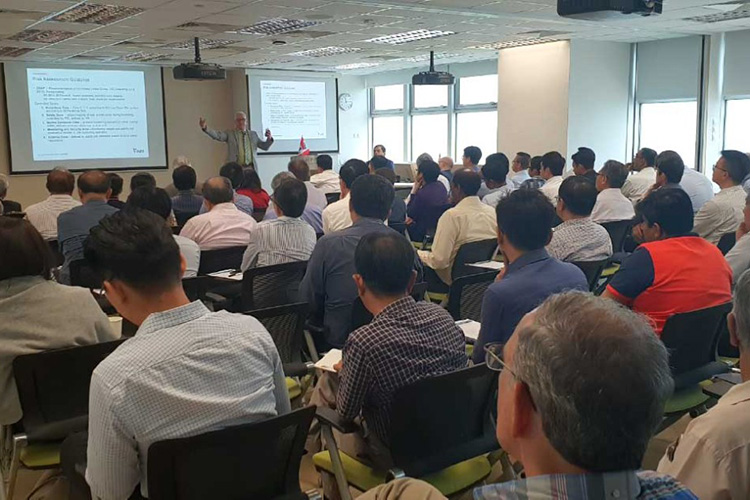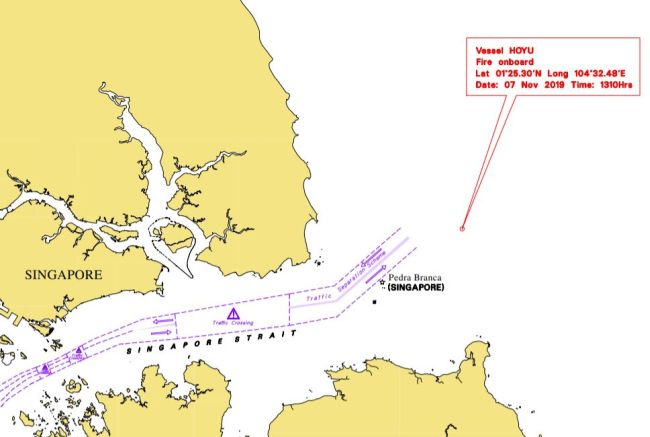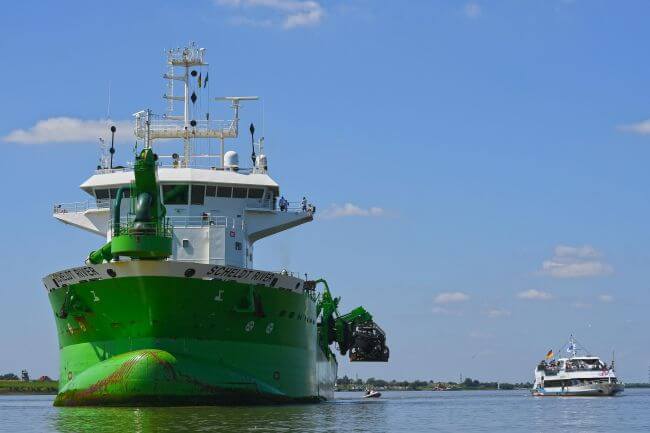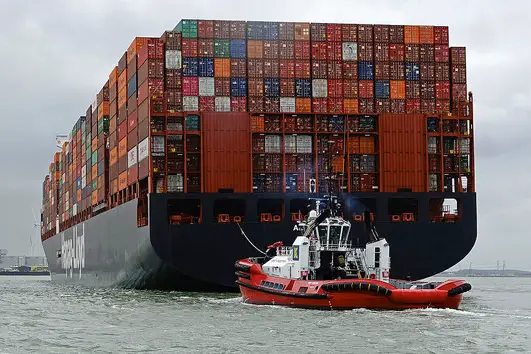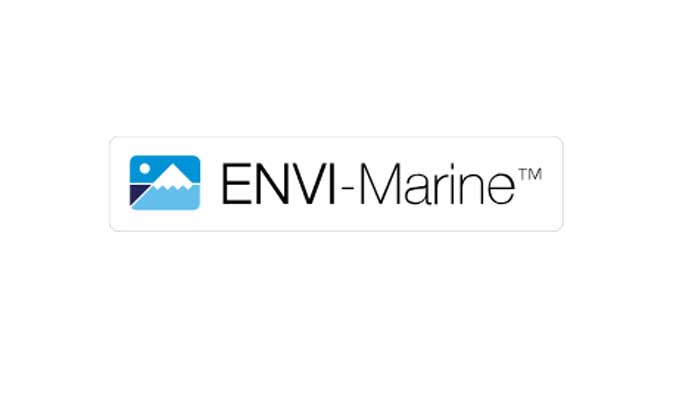Norway To Tighten Rules For Sewage Discharges Along The Coast
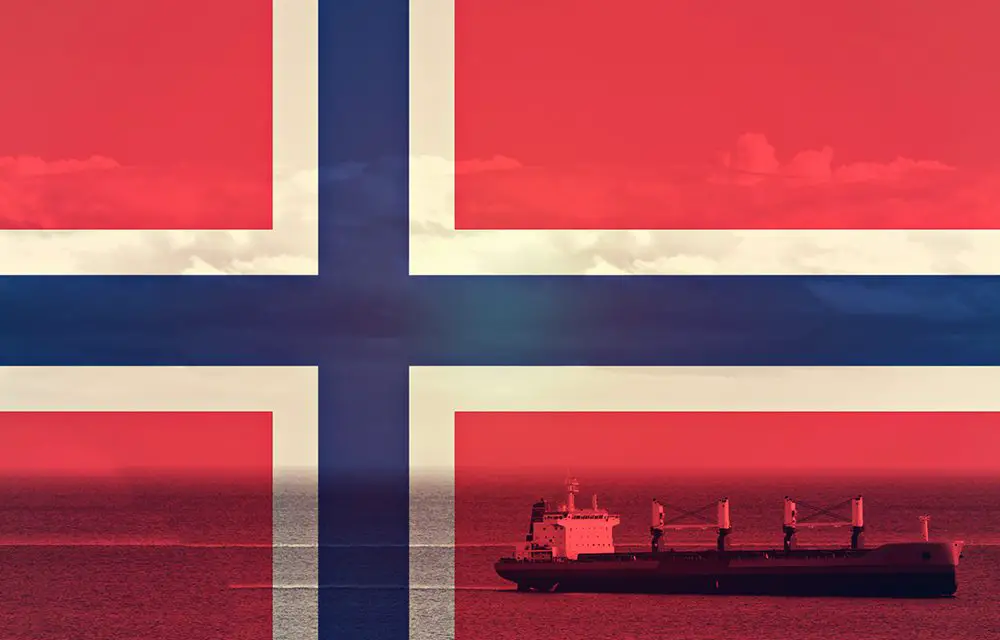
Norway To Tighten Rules For Sewage Discharges Along The Coast
Aiming to reduce the discharge of sewage along the Norwegian coast, a new regulation has been put out on the right ring. They are aiming to roll out the new rules by March 1, 2020.
“The proposal will involve a monthly reduction of sewage emissions. On behalf of the Ministry of Climate and Environment, the Norwegian Maritime Directorate has prepared a proposal for new regulations for the discharge of sewage, which has now been sent out on the right. The purpose is to prevent the discharge of sewage and contribute to less sewage discharge along the Norwegian coast, especially in inland waters with less electricity and less water exchange.
The potential for sewage discharges is great, and the proposal will entail a monthly reduction of sewage emissions and help to protect the environment and health”, says Bjørn E. Pedersen, Department Director of the Norwegian Maritime Directorate.
Read more: What is the Great Pacific Garbage Patch? Great Pacific Garbage Patch Facts
Applicable rules
The requirement for emissions in the Norwegian Waters is less stringent than those in the international regulations in MARPOL Annex IV that says that the limit for the emission of sewage is at 12 nautical miles. Moreover, according to MARPOL Annex IV all the ships that are to be covered by the regulations must be equipped with sewage treatment plants, grinding/disinfecting plants and/or collection tanks. The boundary for painted and disinfected sewers is at three nautical miles.
The rules of the MARPOL Appendix IV in Norway only apply to the ships in foreign trade on the lines from Lindesnes to the border of Sweden. However, the new one proposes that the emission requirement in MARPOL be applied to the ships in both the international and national shipping all over Norway.
Stricter requirements
The proposal aims at ships that have international certificates, irrespective of year of construction and for passenger ships with “small coastal speed” or less, or “coastal fishing or less” with a gross tonnage of 400 or more, and which is certified for more than 100 passengers.
The proposal is will also be applicable for the new ships that are being built and are of more than 400 gross tonnes, having the contact date after March 1, 2020. Those that are for more than 15 people and will function in the “small coastal” or “coastal fishing” shipping area.
The ships that operate at a speed that makes it difficult for maintaining the geographical boundary should have sewage treatment plants or paint and disinfectants. Or else they must have a sewage collection tanks on board that can be delivered for emptying. The current emission limits are to be followed by the ships that are not covered under the new boundary.
Reference: Sdir

